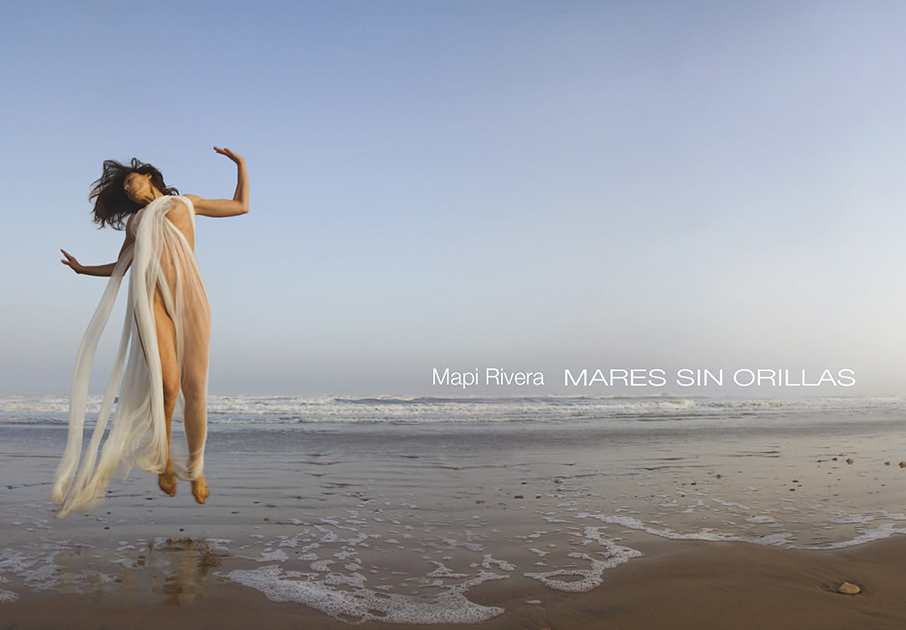¡Qué hermosa eres, Tierra, y cuán sublime! ¡Qué perfecta es tu obediencia a la luz, y qué noble tu sumisión al sol! Khalil Gibran
Cuando vi, por primera vez, las bellísimas imágenes que Mapi Rivera había traído de su estancia/retiro en Ifitry (Marruecos) no pude por menos que emocionarme. La artista nos hablaba del ritual con el que, cada amanecer y cada atardecer –con los versos de Ibn Arabi aún en la cabeza- se acercaba hasta la playa para realizar las sesiones fotográficas, saludando y despidiendo al astro rey, congratulándose ante su segura aparición cada mañana y acompañándolo en ese engaño visual y perceptivo que no deja de ser cada crepúsculo, recordé uno de los poemas que Gibran en “Pensamientos y meditaciones” le dedicó a nuestro planeta.
¡Qué hermosa eres, Tierra, y cuán sublime!
¡Qué perfecta es tu obediencia a la luz, y qué noble tu sumisión al sol!
¡Qué encantadora eres, velada de sombras,
y qué fascinante es tu cara, enmascarada por la oscuridad!
¡Cuán apaciguadora es la canción de tu amanecer,
y qué duras las oraciones de tu crepúsculo!
¡Qué perfecta eres, Tierra, y qué majestuosa!.
La obra de Mapi Rivera, con sus planteamientos estético/filosóficos, traduce a imágenes visuales profundas reflexiones que abarcan territorios mucho más extensos de lo que los hombres y mujeres podemos alcanzar cuando únicamente utilizamos lo sentidos. Mapi Rivera, en esos escenarios, buscados, explorados, elegidos con una exquisita sensibilidad –ampliada en largos periodos de lecturas reflexivas y meditaciones penetrantes hasta llegar al vaciamiento- nos pone en contacto con ese yo interior que, para emerger, necesita la chispa que únicamente algunos artistas, como ella, son capaces de prender.
¿Puede una aguja enhebrar al sol? Y ella misma responde: “Comprendí en ese momento que para hilvanar al sol, para religarme a su luz, primero debía estar hueca de mí”; solo así captará las “ideas inspiradas”. Afirmo con rotundidad que en su último proyecto, Mares sin orillas, bajo la iluminación del místico Ibn Arabi, Mapi Rivera ha alcanzado un hito en la evolución de su lenguaje plástico/poético.
No me resisto a concluir este pequeño texto de presentación sin reproducir otro en el que Khalil Gibran se pregunta –nos pregunta-: “¿Llegará un día en que la naturaleza sea maestra del ser humano, la humanidad su libro y la vida su escuela? ¿Llegará ese día? No lo sabemos, pero sentimos una necesidad que nos lleva a avanzar y elevarnos hacia un progreso espiritual, y ese progreso es la aceptación de la belleza de todo lo creado por medio de nuestra propia bondad y la propagación de la dicha por medio de nuestro amor a esa belleza”. Que así sea.
